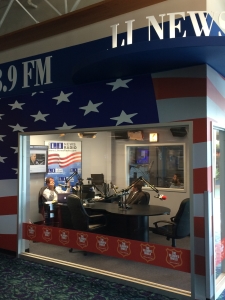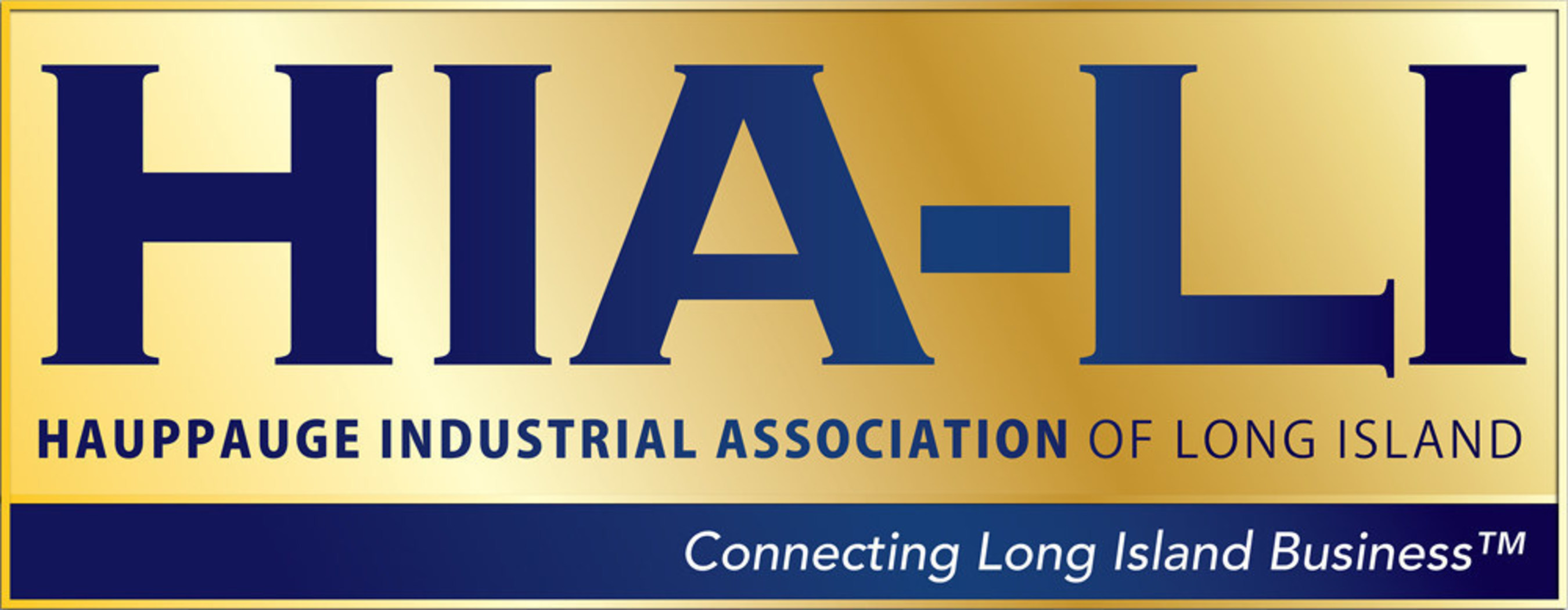Managing expectations is critical to forming and keeping rewarding relationships with clients, colleagues, employees, and virtually anyone else you come across in business. It’s therefore not surprising that it’s just as important to manage expectations when you’re at the negotiating table.
Research has shown that parties to a negotiation can have vastly different feelings about the exact same result achieved in negotiation, based in part on their expectations going in. For example, before a meeting to discuss a shareholder buyout, you may expect that your adversary will agree with your proposed price. You predict that the meeting will focus instead on hammering out other details, which you’ve prepared for extensively. If you go into that meeting and your adversary balks at your number, it can rock your confidence for the entire negotiation – not to mention you may not be fully prepared for the meeting’s new focus. You’re almost guaranteed to leave the negotiation disappointed. But if you go to the meeting expecting a fight, and that’s just what you get, you’ll be happier with the result – even if the result is the same as in the other scenario. The key is not only to keep your own expectations in check, but to set the other side’s expectations as soon as possible. Voicing your negative impression of your adversary’s position, or using body language cues to send the same message, can go a long way to lowering that party’s expectations, leaving an opening for you to push for more of what you want.
In a recent blog post (below), the Harvard Program on Negotiation shared additional examples of how to manage expectations to your advantage.
Managing Expectations in Negotiations
http://www.pon.harvard.edu/daily/conflict-resolution/managing-expectations/
Good negotiation examples about the importance of managing your counterpart’s expectations while negotiating
BY PON STAFF — February 25, 2016
Here are some good negotiation examples about managing your counterpart’s expectations during negotiations. Successful negotiators work hard to ensure that when they and their counterpart leave a negotiation, both sides feel satisfied with the agreement. Why should you care whether the other side is pleased with the deal or not? First, because satisfied negotiators are more likely to uphold the terms of a deal. Even a lengthy contract cannot cover every possible contingency, and the costs of enforcement are high.
Second, if your counterpart is satisfied with the deal, she is also more likely to seek you out again and recommend you for future business. The more satisfied she is, the more cooperatively she will approach future negotiations. Conversely, a dissatisfied counterpart is likely to try to “even the score” during the next round of talks.
Good Negotiation Examples on Developing Expectations at the Negotiation Table
Prior to and during a negotiation, people develop expectations about the type of deal they will receive.
Negotiation research by business-school professors Richard Oliver and Bruce Barry of Vanderbilt University and Sundar Balakrishnan of the University of Washington demonstrates that negotiators automatically compare their actual outcome with the outcome they expected prior to negotiating. As a result of this process, two negotiators with the exact same outcome can feel very differently about their deal.
For example, consider two car buyers who both purchased the same model car for $30,000. The buyer who expected to pay $29,000 will be dissatisfied with this deal, while the buyer who expected to pay $31,000 will be quite pleased.
Skilled negotiators manage expectations prior to and during a negotiation. Some managers do this instinctively.
For example, in the month prior to salary negotiations with employees, managers may broadcast the message that this has been a difficult year for the company. After having their expectations lowered, some employees may be satisfied to receive even a small cost-of-living raise.
Your reaction to an opening offer can also influence your counterpart’s expectations.
By reacting with a surprised look, a laugh, or a flinch, you can lower your counterpart’s expectations about the feasible bargaining zone, or zone of possible agreement (ZOPA). Conversely, by appearing very cooperative or particularly eager for agreement, you may raise your counterpart’s expectations.
Good Negotiation Examples Concerning Common Bargaining Errors While Negotiating
One common negotiation mistake is to escalate expectations by making a steep concession that could lead the other side to expect another).
Imagine that you’re bidding on a house that has been on the market for some time at a high list price of $390,000. You like the house but start with a low offer: $300,000. In response, the seller offers a slight reduction from the list price: $385,000. Hoping to bridge the gap, you make an offer close to your bottom line: $340,000. The seller may misinterpret this move and believe that you can easily make another $40,000 jump. Rather than quickly agreeing to your offer, the seller might escalate her expectations regarding likely outcomes.
A related mistake is to agree to your counterpart’s demands too quickly.
Adam Galinsky and Victoria Medvec of Northwestern University, Vanessa Seiden of Chicago-based Ruda Cohen and Associates, and Peter Kim of the University of Southern California studied reactions to first offers in a negotiation. They found that negotiators whose initial offers were immediately accepted were less satisfied with their negotiated agreement than were negotiators whose offers were accepted after a delay—even if the former group reached better final outcomes than the latter group. Those whose initial offers were immediately accepted were more likely to think about how they could have attained a better outcome than were negotiators whose offers were accepted after a delay.
As these results suggest, you can actually make your bargaining counterpart less satisfied by agreeing too quickly. In fact, by delaying agreement and even asking for additional concessions, you may be able to make your counterpart more satisfied with a deal.

 By
By 

